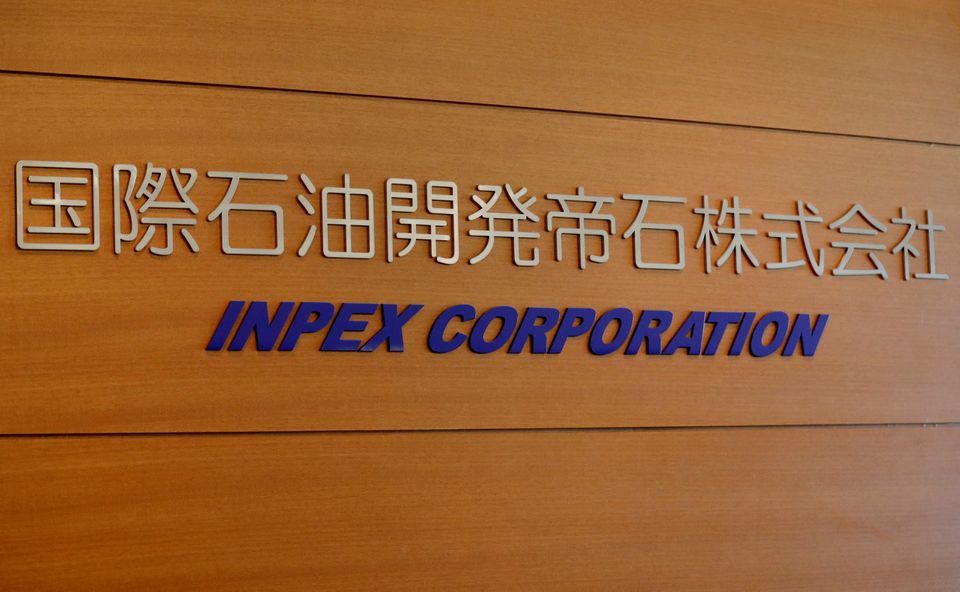
Japan's biggest oil and gas explorer, Inpex Corp, said on Tuesday it will build facilities to produce hydrogen and ammonia using its domestically produced natural gas in Kashiwazaki, northern Japan, in a demonstration project.
The company aims to produce 700 tonnes of "blue hydrogen" a year from 2025 by transporting natural gas from another gas field nearby, making it "blue" by eliminating emissions through carbon dioxide capture and storage (CCS).
"This is Japan's first attempt to demonstrate the production of blue hydrogen and ammonia using local gas, the implementation of CCS in local depleted gas fields and the use of hydrogen for power generation in a consistent manner," Takahiko Ikeda, senior executive vice president, told a news conference.
Out of 700 tonnes of hydrogen, 600 tonnes will be used at a hydrogen-fired power plant to generate 1,000 kilowatt electricity while 100 tonnes will be used to make 500 tonnes of ammonia which will be used for fertilisers or chemical products.
Inpex plans to capture CO2 from the hydrogen plant and inject 5,500 tonnes of CO2 a year in a subsurface gas reservoir at its depleted gas fields.
The company did not disclose how much it will invest, but it said the project will be subsidized by the state-owned New Energy and Industrial Technology Development Organization (NEDO).
Hydrogen has taken off as the future green fuel of choice, with governments and businesses betting big that the universe's most abundant element can help fight global warming.
Inpex has set a goal to produce 100,000 tonnes of hydrogen and ammonia annually by around 2030 through at least three projects at home and abroad, and to achieve an annual CO2 injection volume of 2.5 million tonnes in around 2030.
"We are looking into new hydrogen and CCS projects in Australia," Ikeda said.